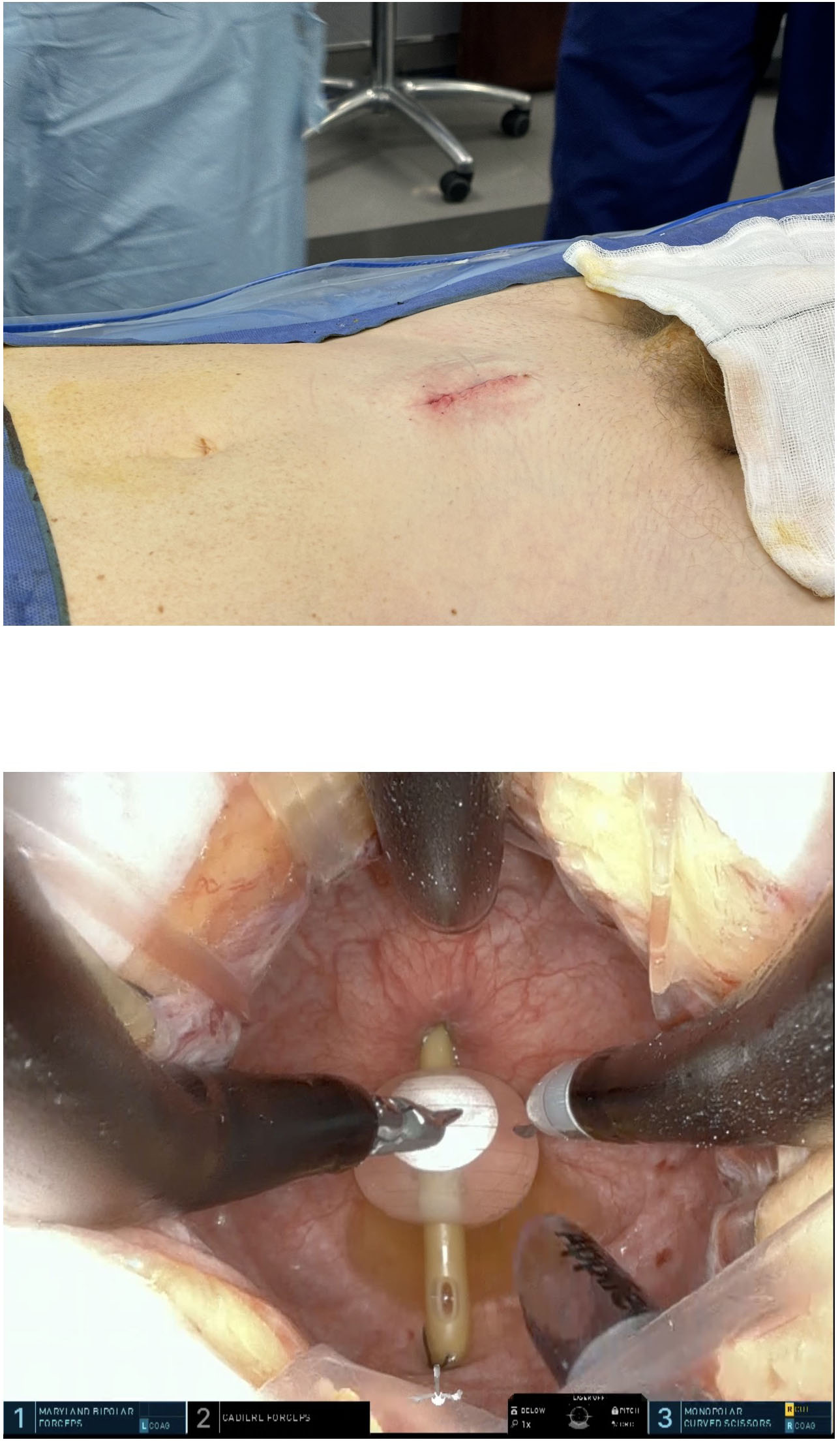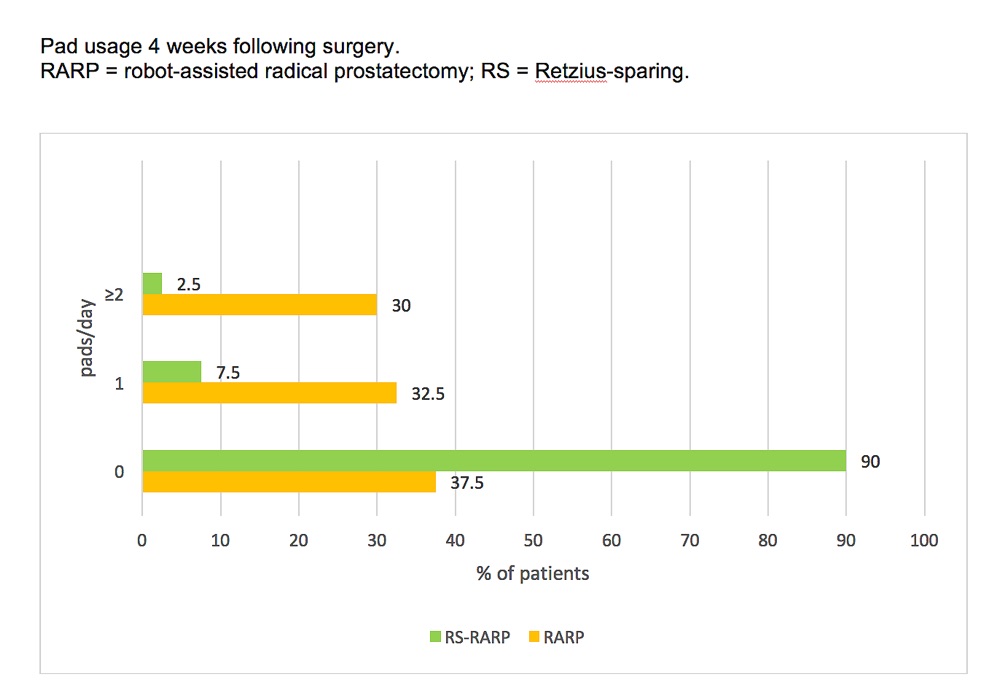PROSTATE SURGERY
The da Vinci Single Port Robot:
Advanced Prostate Surgery
What is single port robotic prostatectomy?
Single port robotic prostatectomy is a minimally invasive surgical procedure that uses the latest robotic-assisted technology to treat prostate cancer. Unlike traditional multiport robotic surgery, the single-port approach allows all robotic instruments and an assistant port to be inserted through a single small incision below the belly button. This technique provides safer surgical precision, especially after previous abdominal surgery, and promotes faster recovery.

Benefits of single port prostatectomy
The main advantage of a single port robotic prostatectomy is its ability to further reduce post-operative discomfort and accelerate recovery by requiring fewer abdomen incisions.
Reduced risk of complications:
enhanced precision and stability reduce the chance of bleeding, infection, and other surgical complications.
Faster recovery
time:
minimally invasive techniques with high-definition cameras means that your body can recover more quickly.
High success rate in cancer removal:
the control delivered by the da Vinci SP robot ensures precise removal of cancerous tissue, allowing your surgeon to remove it altogether.
Preservation of sexual
function:
with the precision and stability of the robotic hand, damage to important nerves that control sexual function and potency can be avoided.
Minimal scarring:
a single small incision results in less visible scarring, improving aesthetic outcomes and reducing post-operative discomfort.
Improved urinary continence:
advanced robotic control helps preserve the delicate structures around the bladder, assisting faster recovery of urinary control.
The evolution of robotic prostatectomy
da Vinci ‘multiport’ robotic surgery
The shift towards minimally invasive prostate cancer surgery began with laparoscopic techniques in the 2000s, where surgeons manually controlled instruments through small incisions. This was followed by multiport robotic-assisted surgery in the 2010s, offering improved cancer control and better preservation of bladder and sexual function.
Introduced in 2000, Intuitive Surgical’s first da Vinci robot revolutionised operating rooms with its surgical console, vision cart, and patient cart. Since then, da Vinci robotic surgery has become a leading approach for prostate cancer, with more than 11 million robotic surgeries performed worldwide using 7,500 systems. The technology has advanced from the original 3-arm standard model to the 4-arm S and Si models, and now to the latest Xi and 5 systems.

da Vinci Single Port
The da Vinci Single Port (SP) robotic prostatectomy represents the next step in this evolution. Unlike conventional multiport robotic surgery, which requires six separate abdominal incisions (four for the robot and two for the assistant), the SP system introduces all four robotic arms and an assistant port through a single small incision. This approach enhances surgeon control, visibility, and precision while minimising surgical trauma.
The da Vinci SP system features four arms that separate from the central column when deployed, each of which is flexible and has two articulating joints. One arm holds the telescopic camera, providing the surgeon with a high-definition 3-D image, while the other three arms are equipped with interchangeable surgical instruments. Each arm is capable of a large range of movement, and the entire column can rotate, offering an unparalleled range of camera and instrument movement.
The da Vinci SP platform was awarded European medical device certification in December 2023 and we became the third European centre to adopt the SP robotic platform in April 2024.

What does the SP platform add to Retzius-sparing robotic prostatectomy?
The da Vinci SP platform enhances Retzius-sparing robotic prostatectomy, combining advanced techniques to optimise cancer control, continence, and potency:
1. Retzius-sparing technique – Improves early post-operative continence, making it 3x better than conventional robotic prostatectomy;
2. Real-time frozen-section analysis – Enables the surgeon to optimise both cancer control and functional outcomes by preserving more nerves, eliminating the need to choose between the two – an issue that arises when this information isn’t available during surgery.
3. Arista haemostatic powder – Reduces bleeding-related complications and improves post-operative potency, with a 78.1% potency rate in non-diabetic men under 70.
4. Transvesical SP approach – Enables surgery through the bladder, preserving continence while minimising bowel disturbance – especially beneficial for patients with prior abdominal surgery.
Recent data from over 400 cases shows that 90% of men who undergo Retzius-sparing robotic prostatectomy are immediately (as soon as the catheter is removed) continent, while also experiencing significantly better post-op potency, all with no negative impact on cancer control. This represents a major improvement over traditional robotic techniques.

Urinary continence outcome for Retzius-sparing prostatectomy


